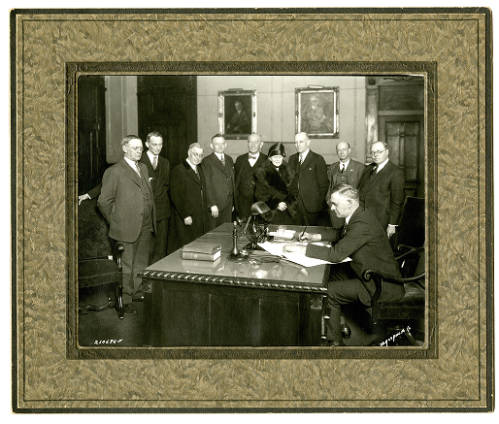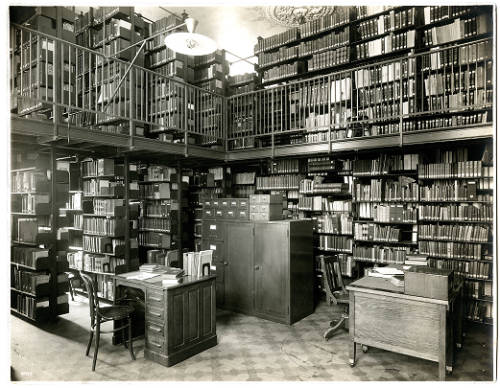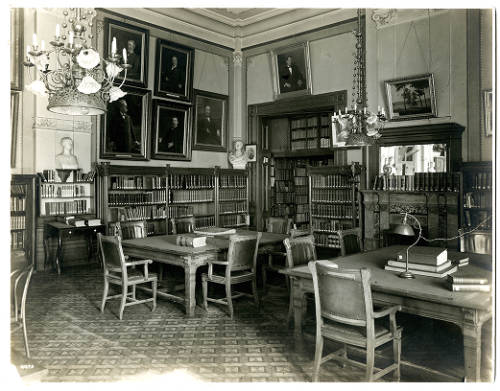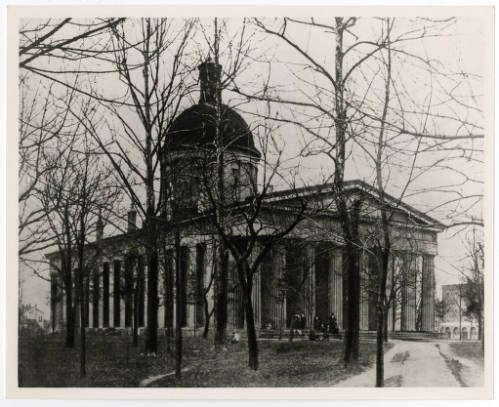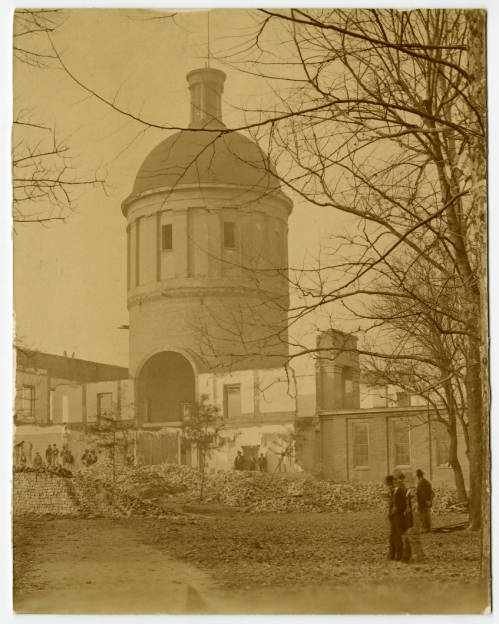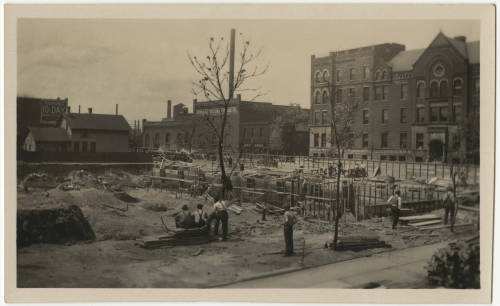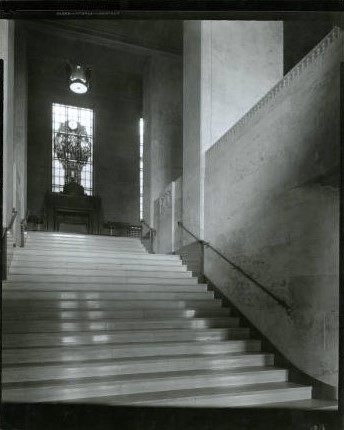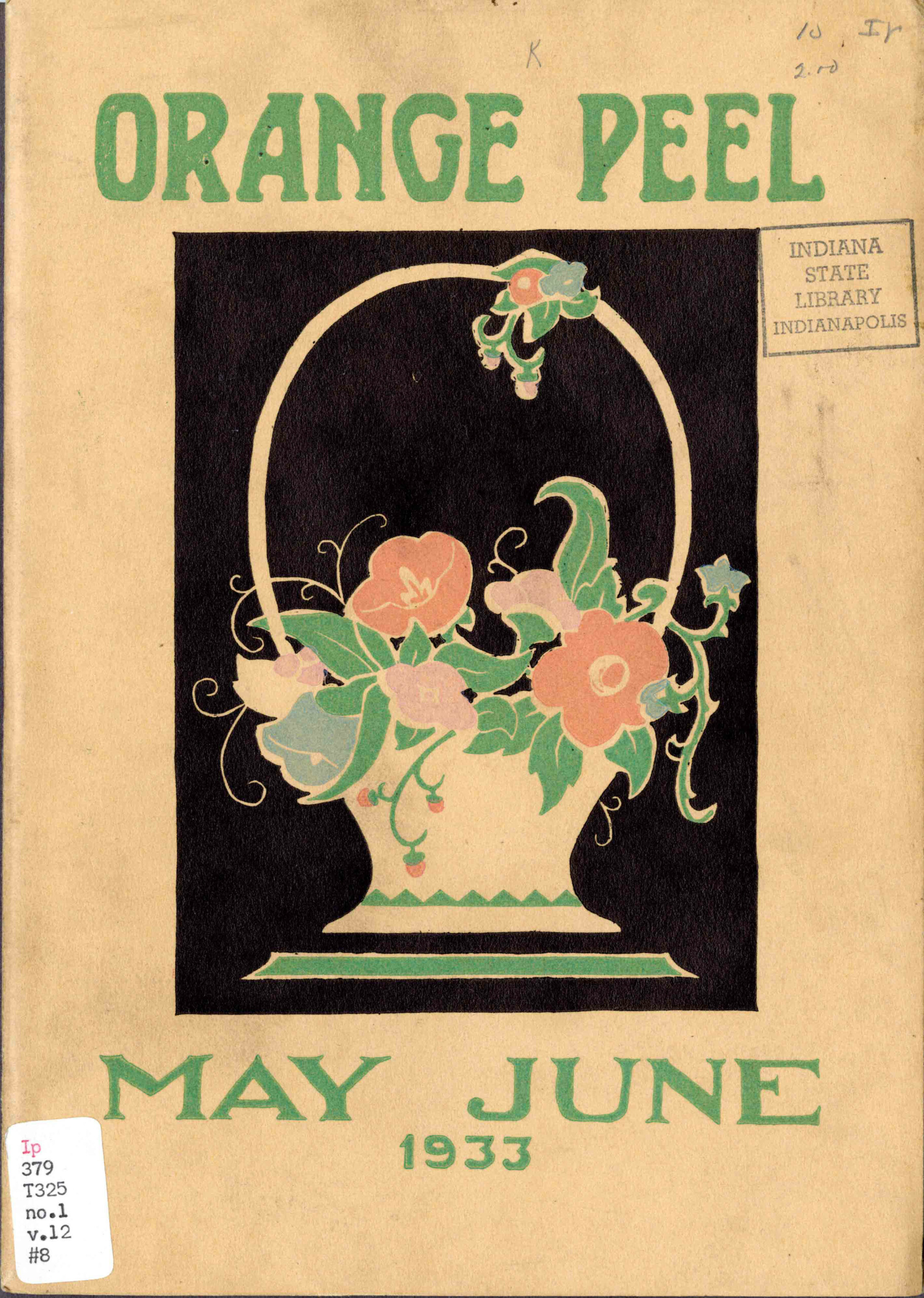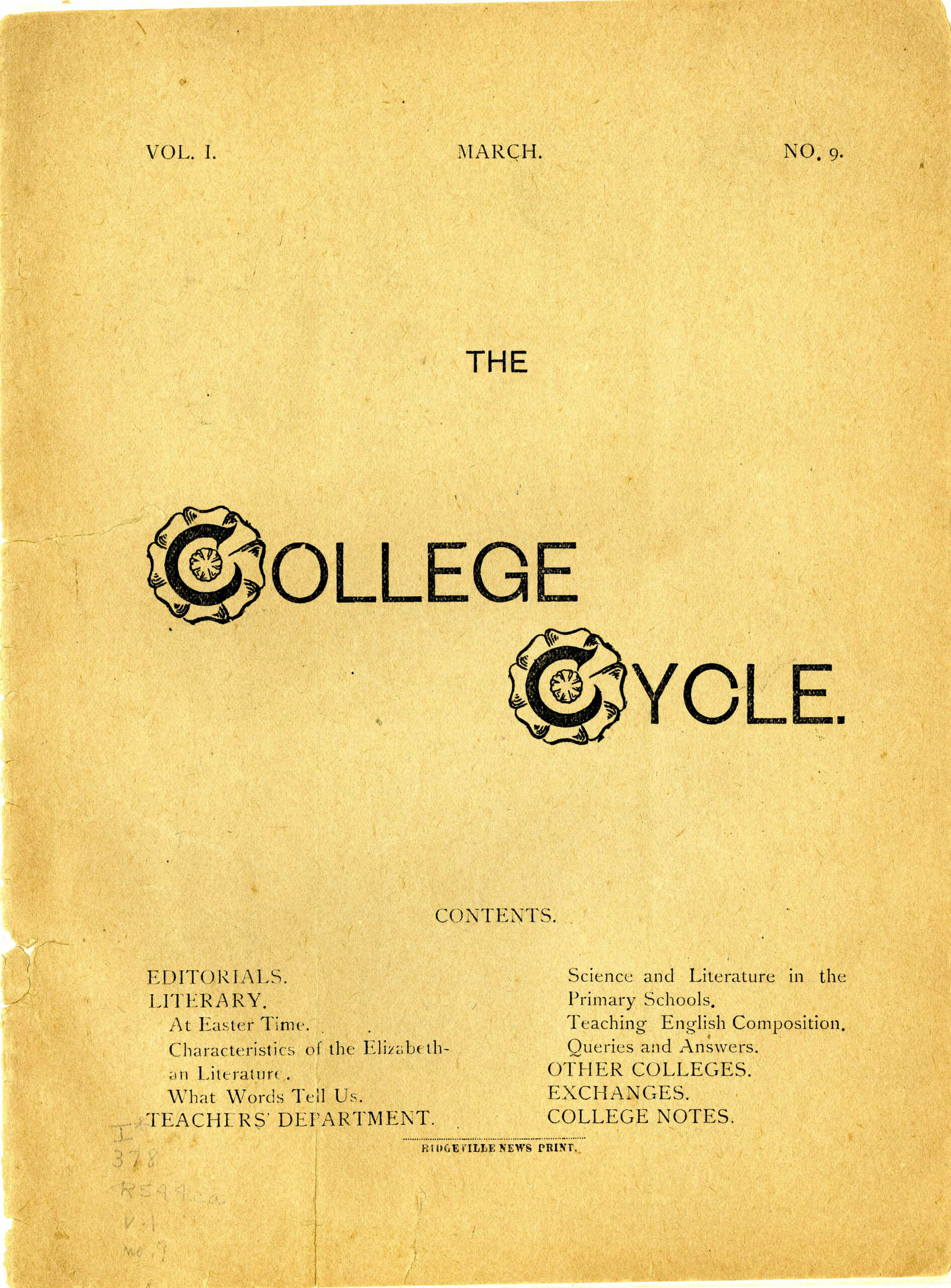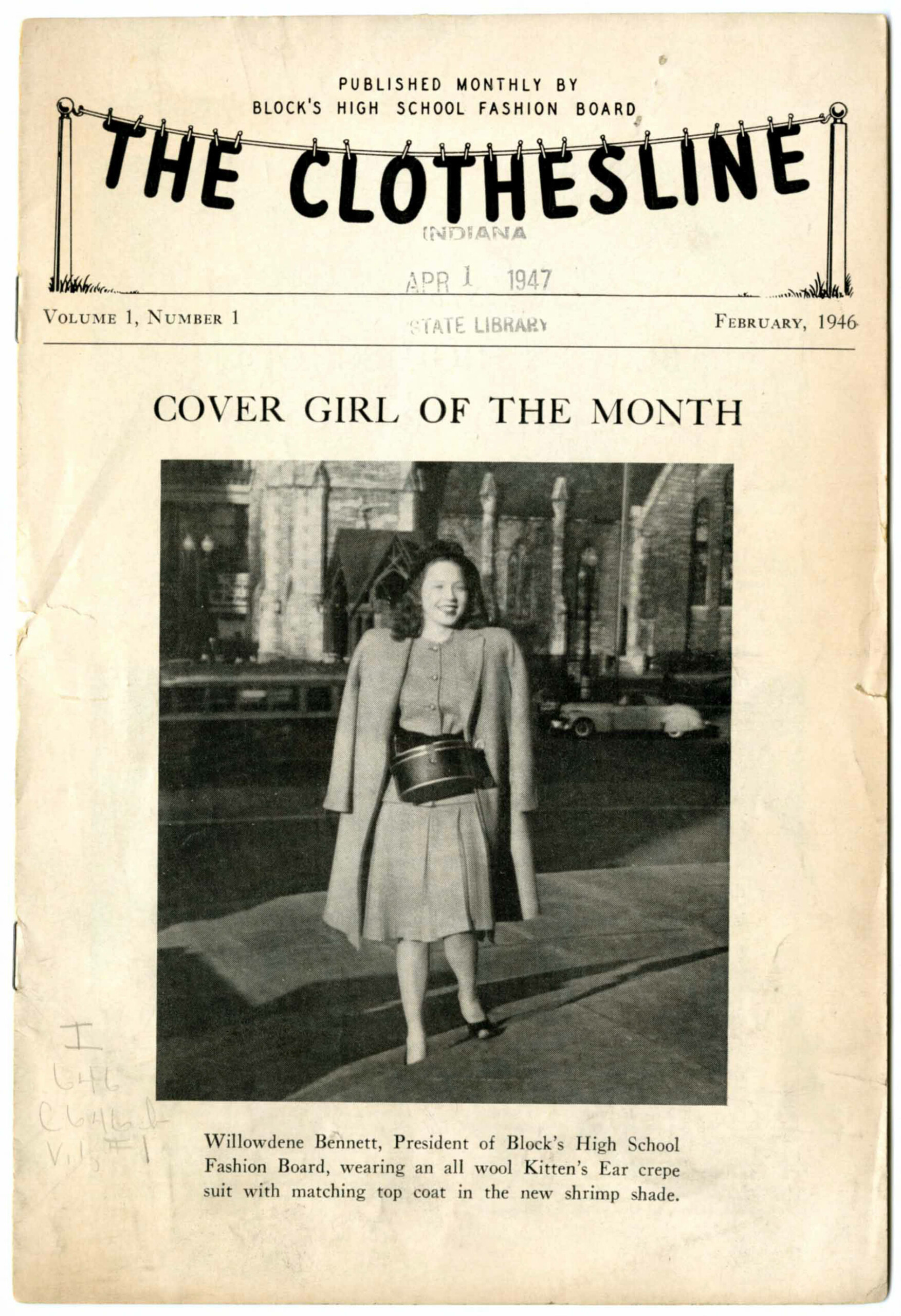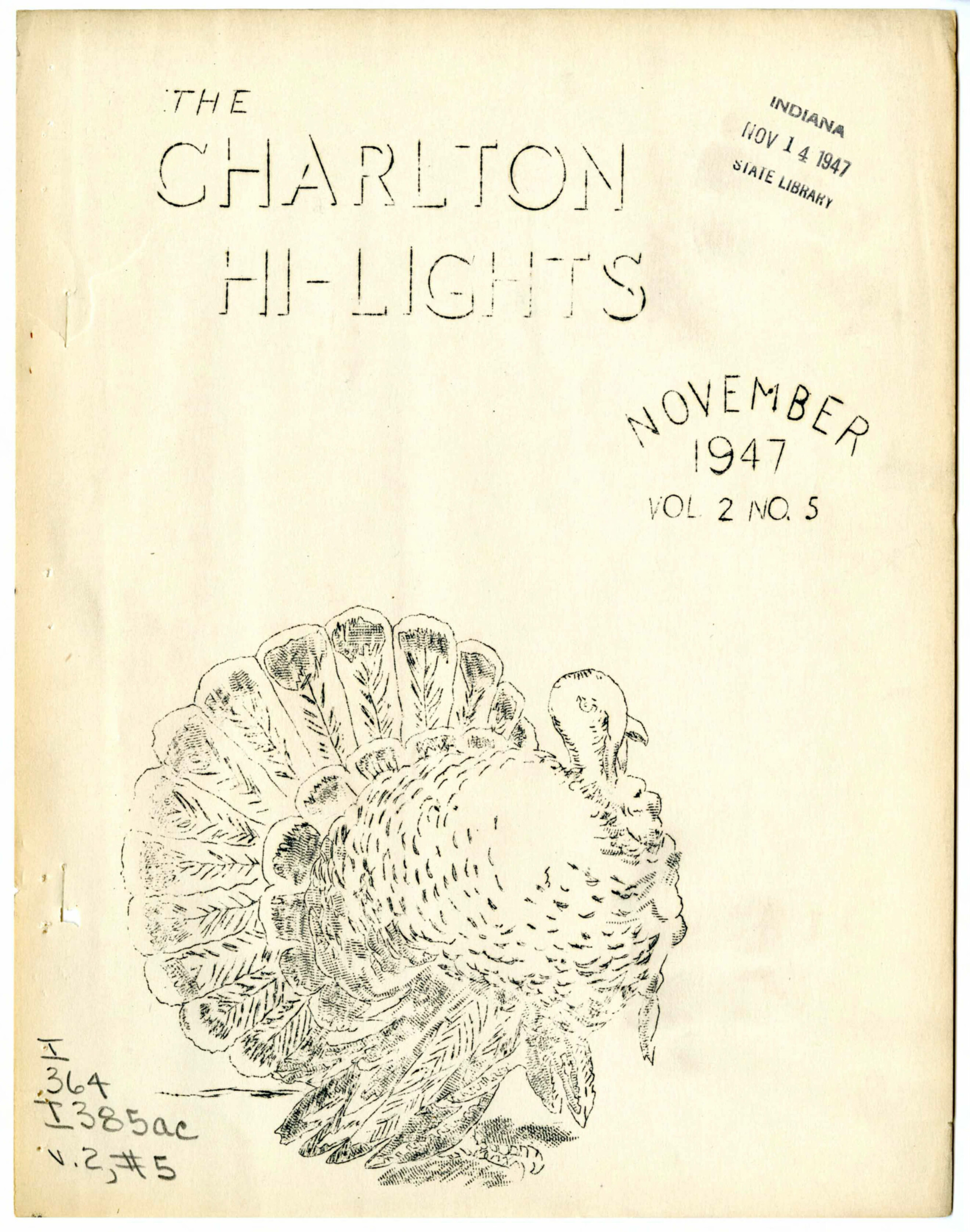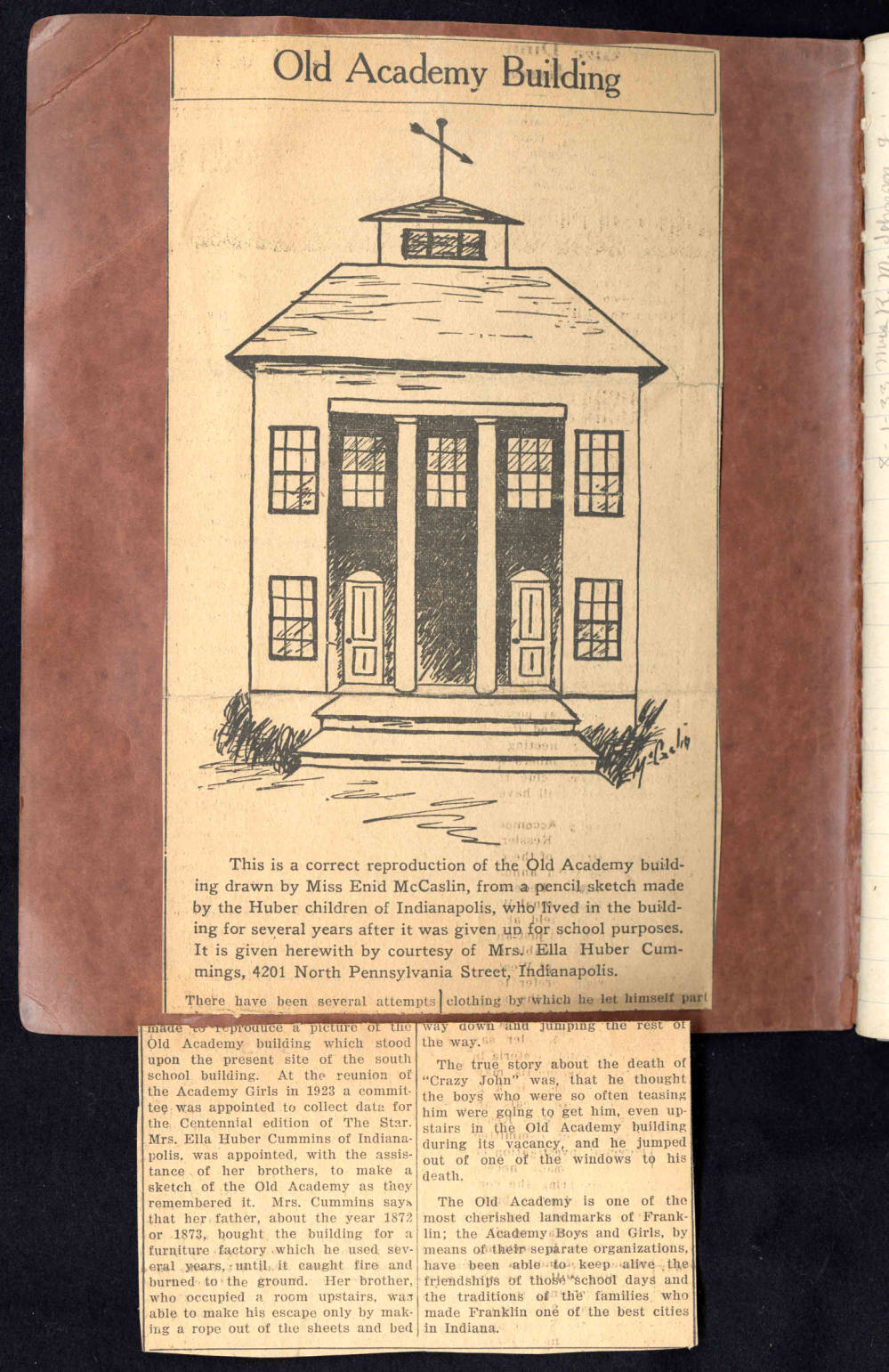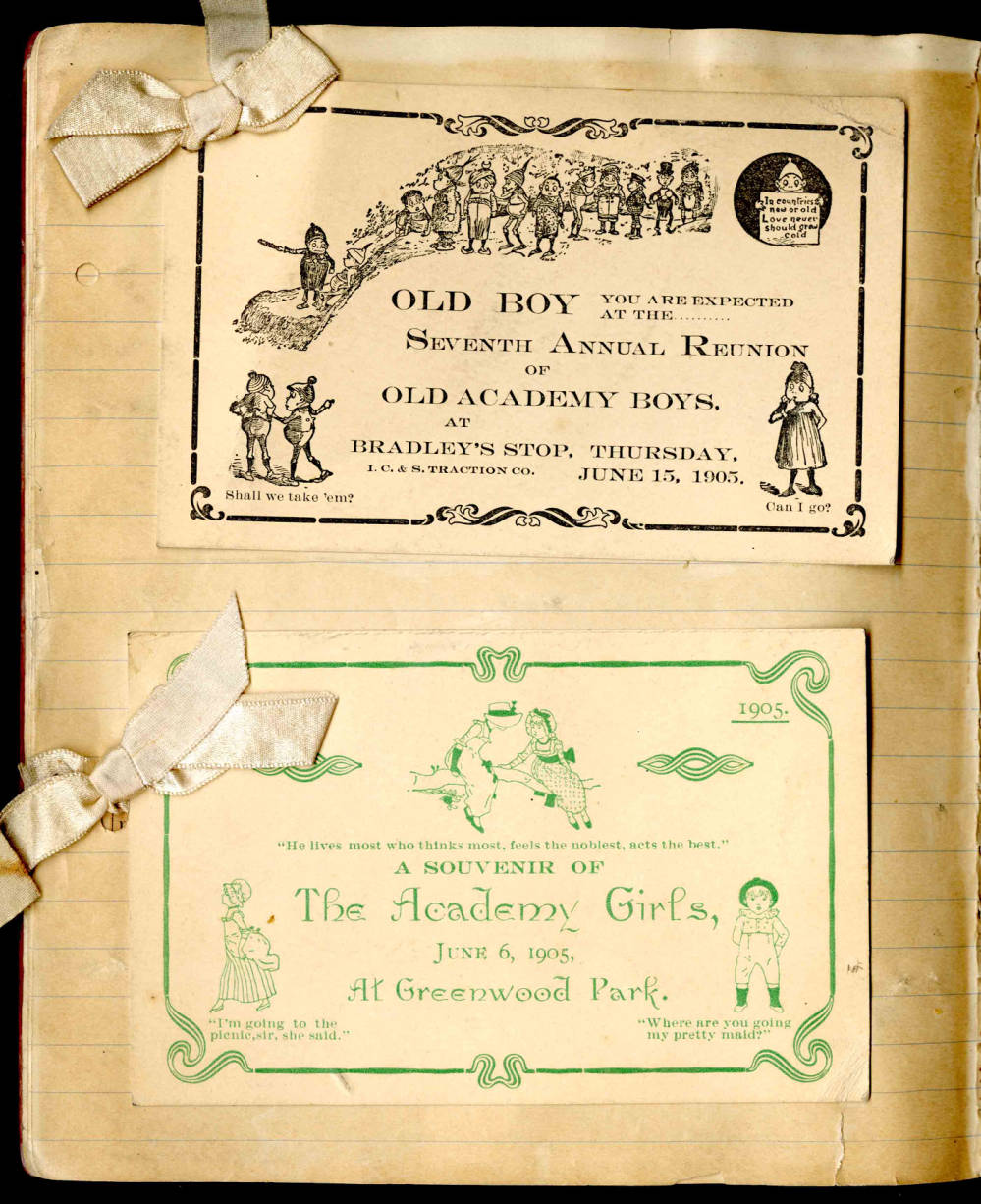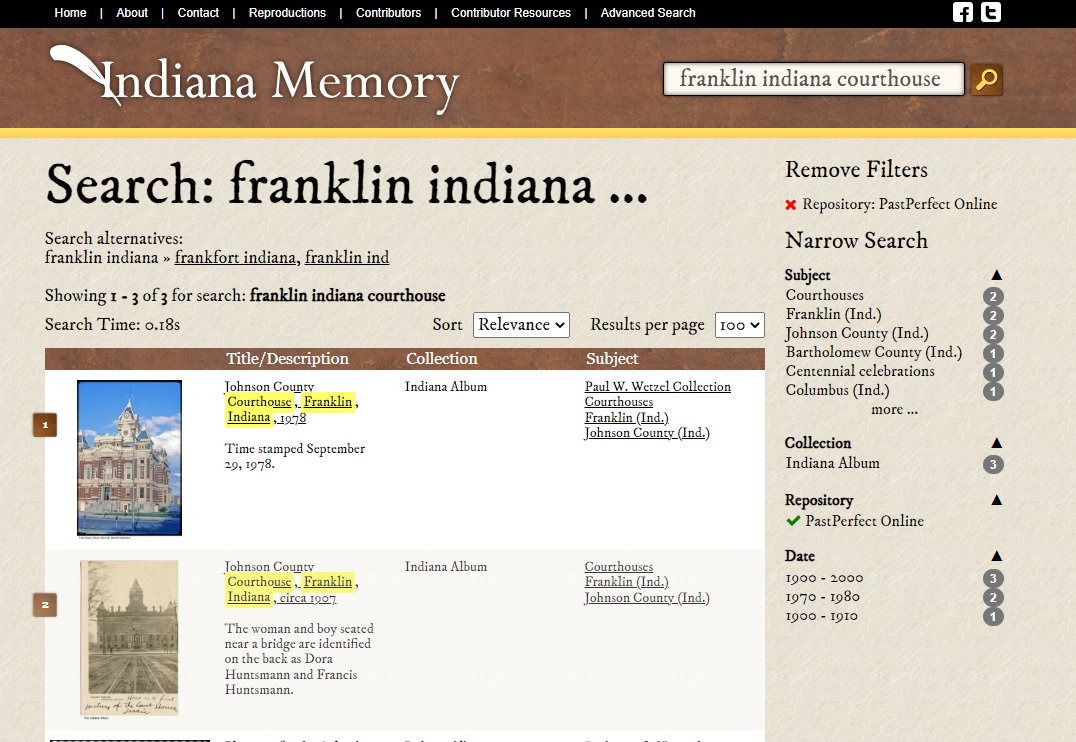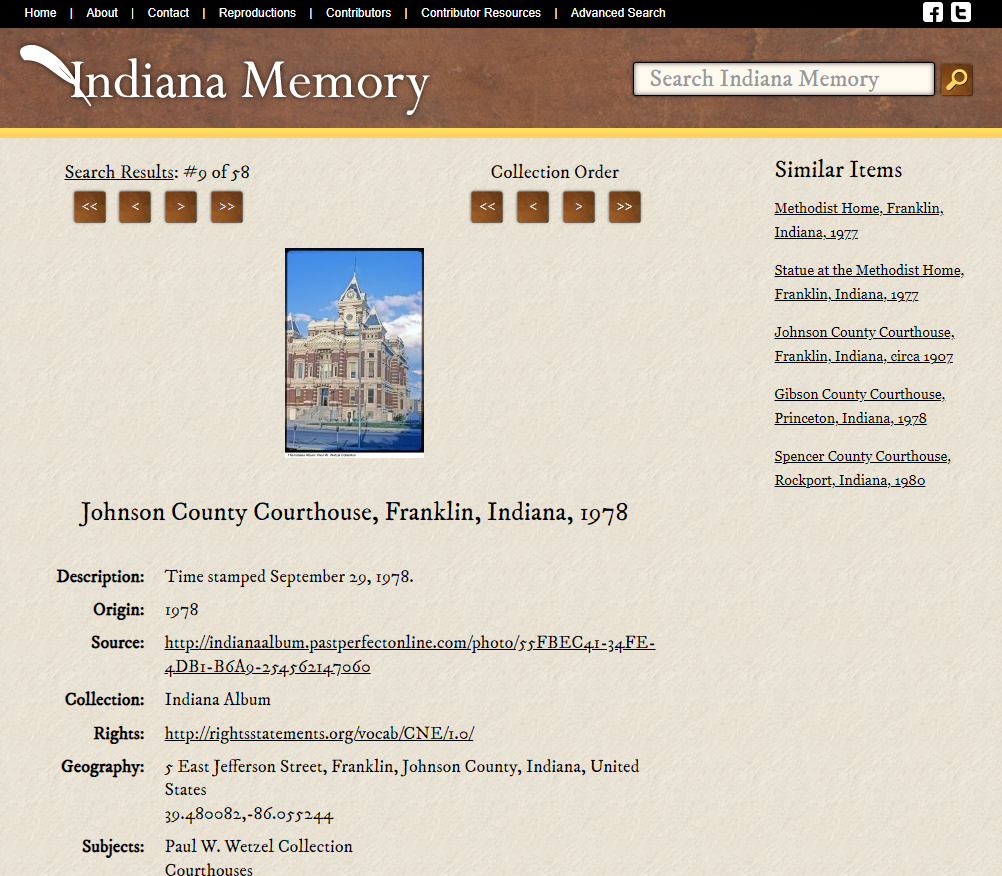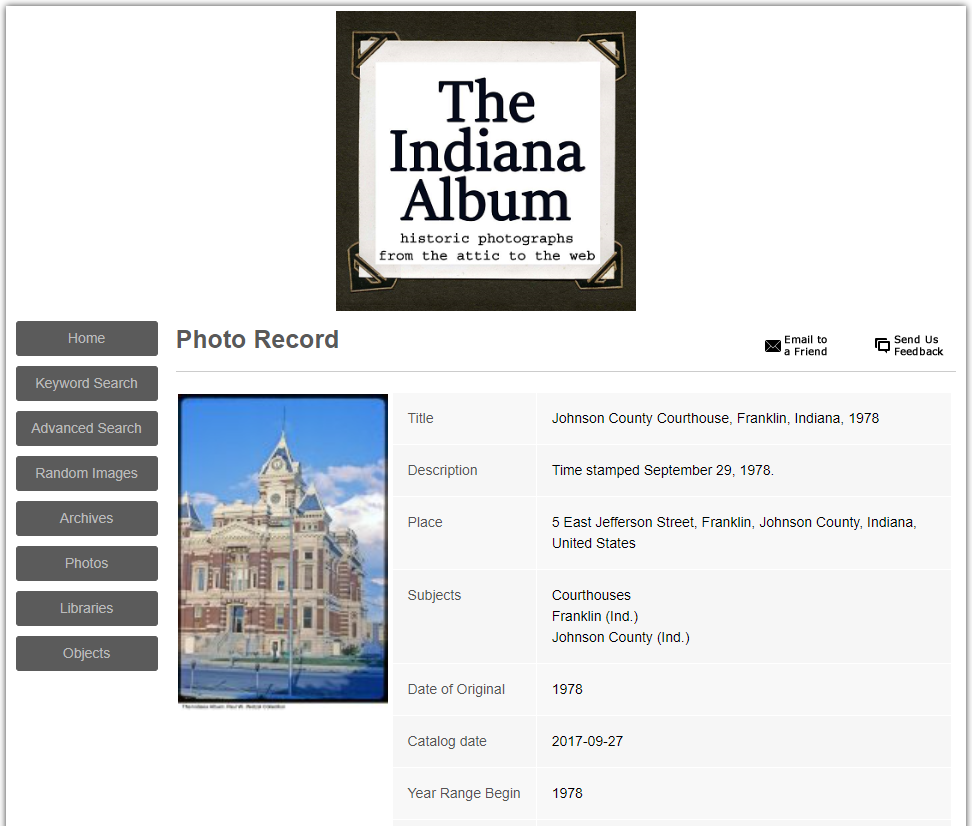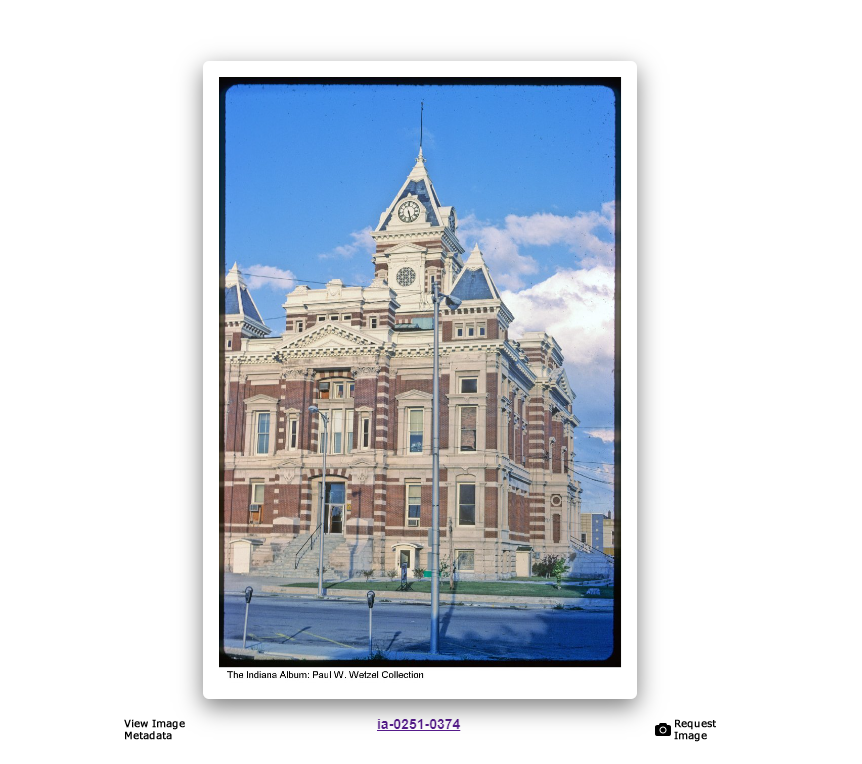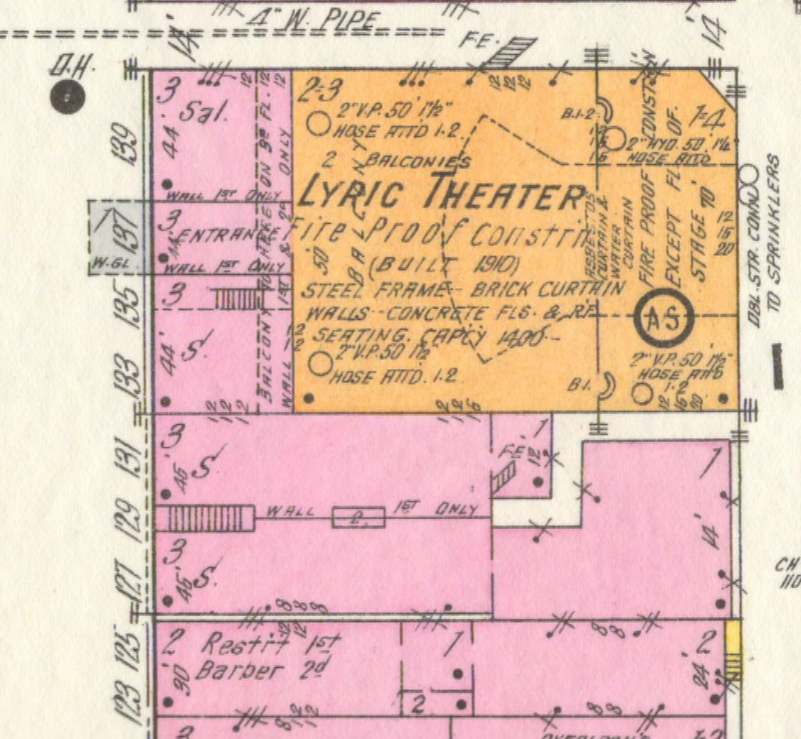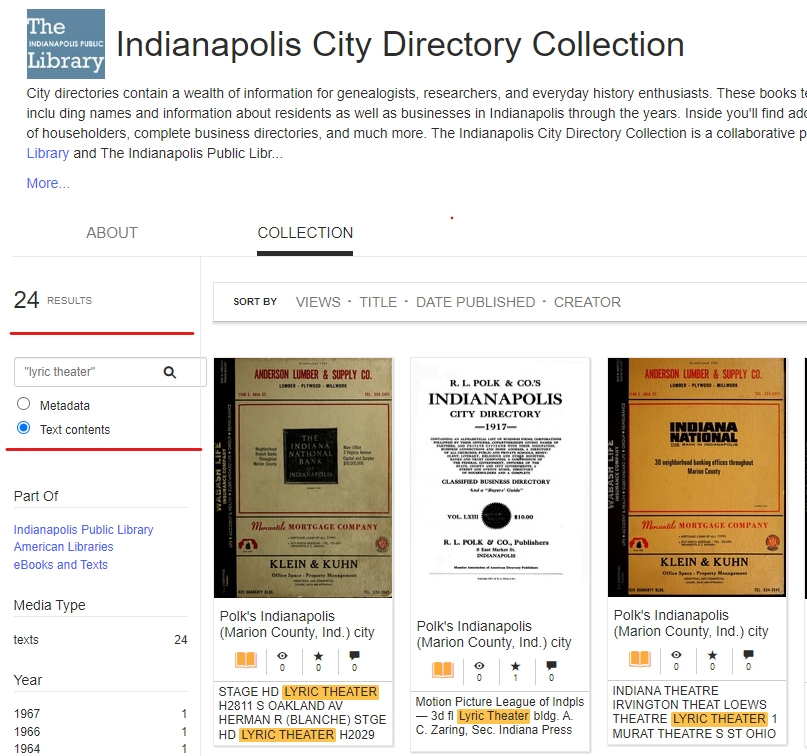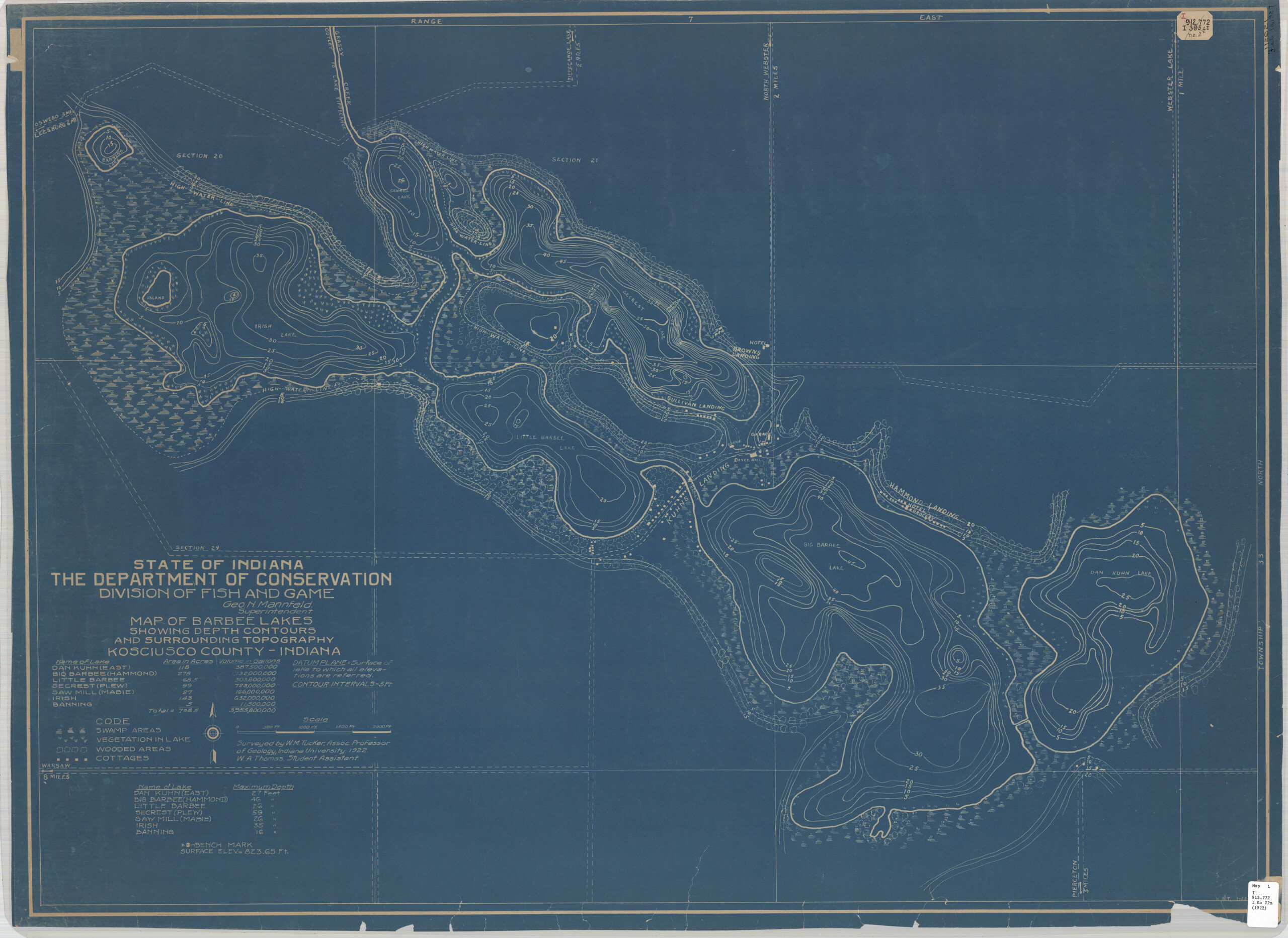Currently, the Indiana State Library holds microfilm for over 100 Indiana newspapers. Two-thirds are dailies, and most of the remaining titles are weeklies. But, that number fluctuates amid the growing epidemic of newspaper closures. On one hand, only a small percentage of the nation’s documents can be saved. On the other hand, the newspaper is an exemplary specimen when examined against the checklist for archival preservation. A local newspaper is an official document that can be used in a court of law. It reflects the surrounding community, outlines changes in infrastructure, provides glimpses into the lives of citizens, and offers a record of marriages, crimes (sometimes even exposing them for the first time), graduations, deaths and new business ventures. Your town paper is an important piece of the national puzzle of U.S. history. Such documents inspired the first Constitutional Amendment, supporting journalism as well as assembly. Although free speech doesn’t allow me to cry “fire” in a crowded room, I must inform you that the future of our national history is indeed on fire.
The digital revolution has not diminished the need for newspapers in our communities. There is no other news source that is reliable enough to replace newspapers. In fact, the bulk of material being scrolled on smartphones has been altered by activists. Even so, most of us aren’t buying our local papers anymore, resulting in fewer ad dollars for publishers who must shut down their presses. 3,000 U.S. newspaper publishers have announced they were closing in the last 20 years. A large percentage of this number did so after the pandemic shifted our comfort zone into the current digital-consumption lifestyle that now leaves readers frustrated and confused.
 Enter Mr. Don Hurd, an investor who has worked in newspaper management for over 40 years. With degrees in marketing as well as journalism, he has been able to invent new methods for financing local papers. Hurd was on the board of the Hoosier State Press Association for 18 years, and now provides us all with a working model for reviving a town newspaper. Having worked in the business of newspapers all his life, he understands the importance of a “hyper-local” record. In a statement that could bring a tear to the eye of an archivist, he mused that “I call it refrigerator journalism because my parents would always cut out articles about their children and post them proudly on their refrigerator for all to see.” As of 2022, he had revived over 20 Indiana titles, and he is still going. In April of 2021, he told the Seattle Times, “Whenever I hear of a community that’s supposedly losing their newspaper it really pains me when that happens so I do whatever I can,” he said. “I try to look for opportunities that are out there and make sure the community has got a local newspaper they can be proud of, and serve their needs.”
Enter Mr. Don Hurd, an investor who has worked in newspaper management for over 40 years. With degrees in marketing as well as journalism, he has been able to invent new methods for financing local papers. Hurd was on the board of the Hoosier State Press Association for 18 years, and now provides us all with a working model for reviving a town newspaper. Having worked in the business of newspapers all his life, he understands the importance of a “hyper-local” record. In a statement that could bring a tear to the eye of an archivist, he mused that “I call it refrigerator journalism because my parents would always cut out articles about their children and post them proudly on their refrigerator for all to see.” As of 2022, he had revived over 20 Indiana titles, and he is still going. In April of 2021, he told the Seattle Times, “Whenever I hear of a community that’s supposedly losing their newspaper it really pains me when that happens so I do whatever I can,” he said. “I try to look for opportunities that are out there and make sure the community has got a local newspaper they can be proud of, and serve their needs.”
The Seattle Times reporter, Brier Dudley, obviously had a stake in this effort. He observed, “I’ve written about ways to help news outlets survive as the market evolves and they pursue new business models. But, ultimately what’s needed to sustain America’s free-press system is a multitude of local owners willing and able to support journalism in every city and county. That’s happening in large cities, where wealthy, civic-minded investors are trying to preserve flagship newspapers.”
In the increasing uproar about war overseas and the impending election, this subject is rarely discussed on news programs. But the federal government has been monitoring the problem. Congressional think tanks have been brainstorming newspaper revival techniques and sponsoring grants. Towns and counties are investing in their newspapers so that tax payers have an investment in their own journalism. Then, there are private citizens who have the means – either financially or by showing a working knowledge of the business – who can do the heavy lifting. There are many ways to revive our dying newspapers, but Hurd is in the vanguard of real-time research to increase financial stability. The journalists can do the rest. We must actively support and revive our local papers, or we will find that there is nothing left to preserve. We must allow newspapers to continue telling the “story of us.”
Some local newspapers have become mere reprints of pre-existing regional and national news. Following the rules of archival evaluation, one could argue that such newspapers no longer fit the paradigm to meet preservation standards. Others could argue that it is not the archivist’s place to question newspapers, but to preserve all of them without question. Do you believe that current newspaper assessment procedures will lead to “skipping” certain titles? Has this subject been addressed at your library?
This post was submitted by David Pleiss, newspaper librarian with the Indiana Division of the Indiana State Library.






